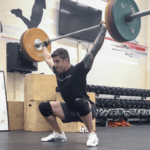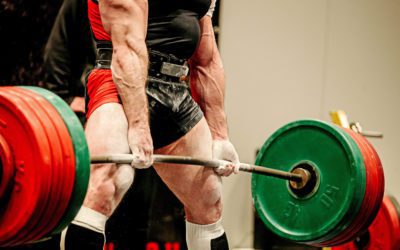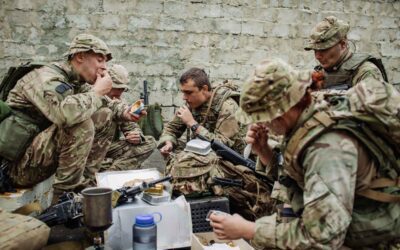How & Why to Focus on Your Posterior Chain Power
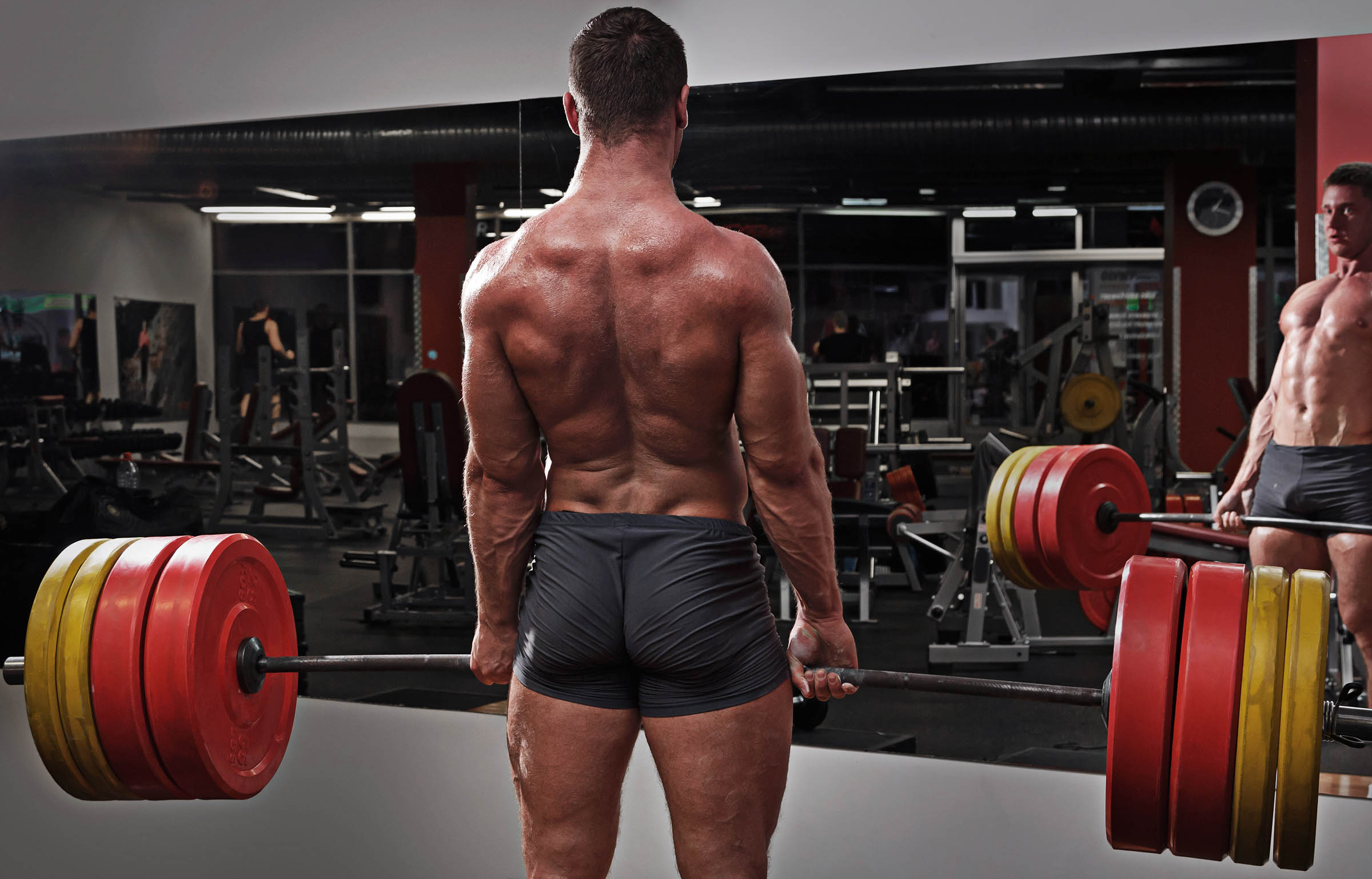
What muscles make up your posterior chain and why are they such a big deal? Other than having plump glutes, what’s the point of building the backside of your body?
John Fasulo is a strength & performance coach with 10 years of experience and a ton of certifications under his belt. He’s a USMC veteran with a training background in sports performance, speed development, olympic weightlifting, endurance events, and physique competitions. Read on to learn more about posterior chain strength training.

Change the Way You Train
S&C Priority #1: Build That Back
I’ve worked with athletes of all levels — everyone from strength and power athletes to the general population of weekend warriors. One common trend I’ve seen through so many people is the lack of awareness of just how important the body’s backside is for everything fitness.
It’s easy for people to get fixated on the beach muscles of the front of the body (aka “show muscles”), like your chest, biceps, abs and quads, but true performance typically comes from the musculature of the posterior chain (aka “go muscles”).
Your hamstrings, glutes, lats, and the muscles of your upper back usually determine the output and capability of the movement patterns from the beach muscles on the front of your body.
Let’s look at a breakdown of the musculature that determines show from go muscles.
Long vs. Short Muscle Fibers
Longer muscles typically have an architecture of parallel fiber arrangements, which bias them for fast-twitch contractions and power generation. Many shorter muscles have pennated (wing-like) fibers, which have a greater concentration of slow-twitch/high-force capacity.
When we look at the posterior chain, we see a lot of long muscles with parallel fiber arrangements, which means tons of power potential from the movement patterns associated with them. Think squats, deadlifts, cleans, and sprinting.
In many cases, the movements dominated by anterior (front-body) chain muscles are limited in output based on the development of the posterior (back-body) chain muscles.
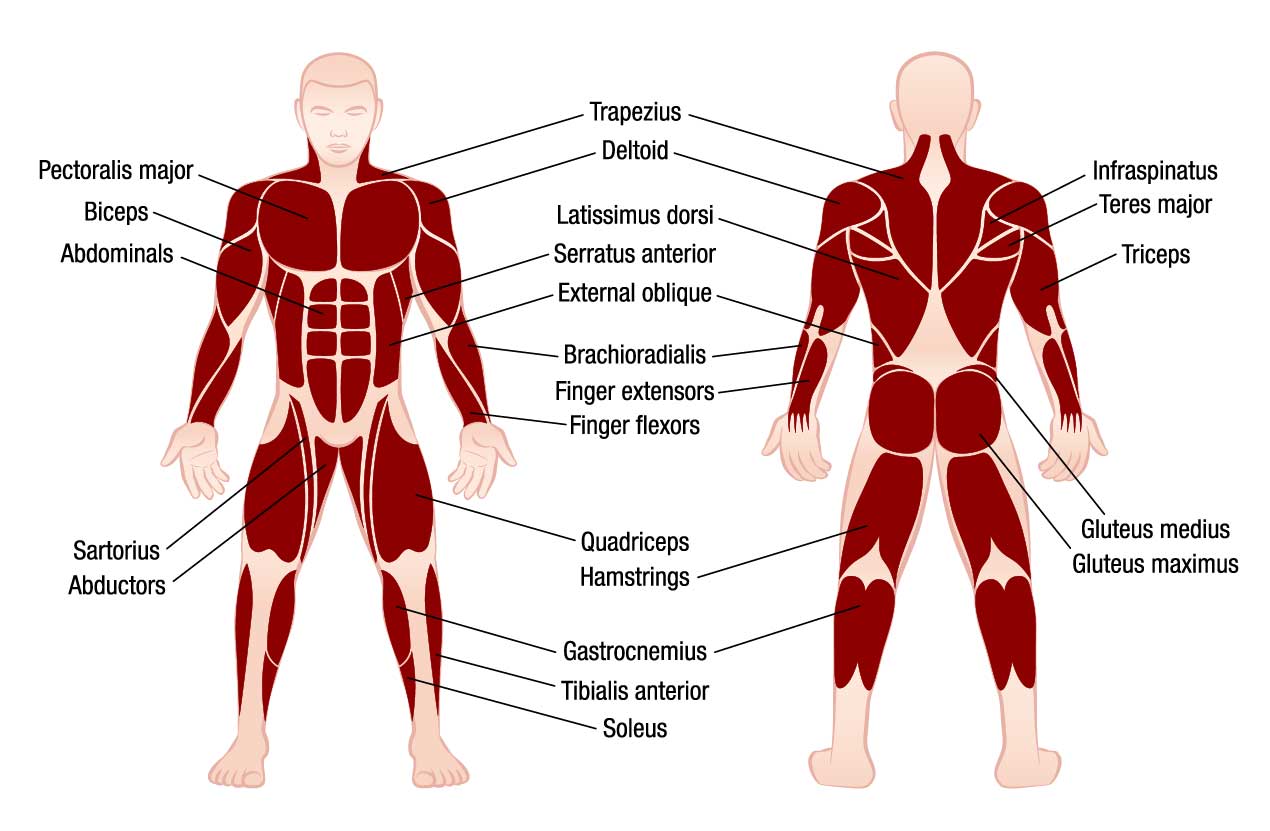
Why Are Your Posterior Chain Muscles So Important?
Everything involving the backside of your body should be priority #1 from an exercise selection standpoint if you care at all about your overall strength & performance.
Build your back to produce power in your front!
Programming Methodology
No matter what kind of training split you run, prioritizing the pulling muscles early on in a session or prior to big push/pressing days is the way to go. Executing your meaty pulls first and focusing on good form can set your body up for optimal output in exercises like your bench press or squat.
If you’ve achieved a significant strength level with anterior-chain dominant exercises like squats and bench press, then you know how the setup works. Before you execute the “push” or concentric portion of the lift, you start with a controlled full-body “pull” or eccentric lowering of the weight first.
The stronger you are at pulling anything with neuromuscular efficiency, the higher your chances of gaining strength/power in the concentric portions of other lifts involving similar joints.
Posterior Chain Exercises
Here’s a quick list of posterior chain dominant exercises and guides on how to execute them with solid form.
- Barbell Bent Over Rows
- Pull Ups
- Face Pulls
- Back Workouts
- Power Cleans
- Clean Pulls
- Hamstring Exercises
- Lunges
- Conventional Deadlifts
- Romanian Deadlifts
- Deficit Deadlifts
- Sumo Deadlifts
Remember, your posterior chain power can determine your success as an athlete, so take the time to make sure you’re giving it enough attention every week. Don’t forget that unilateral work!
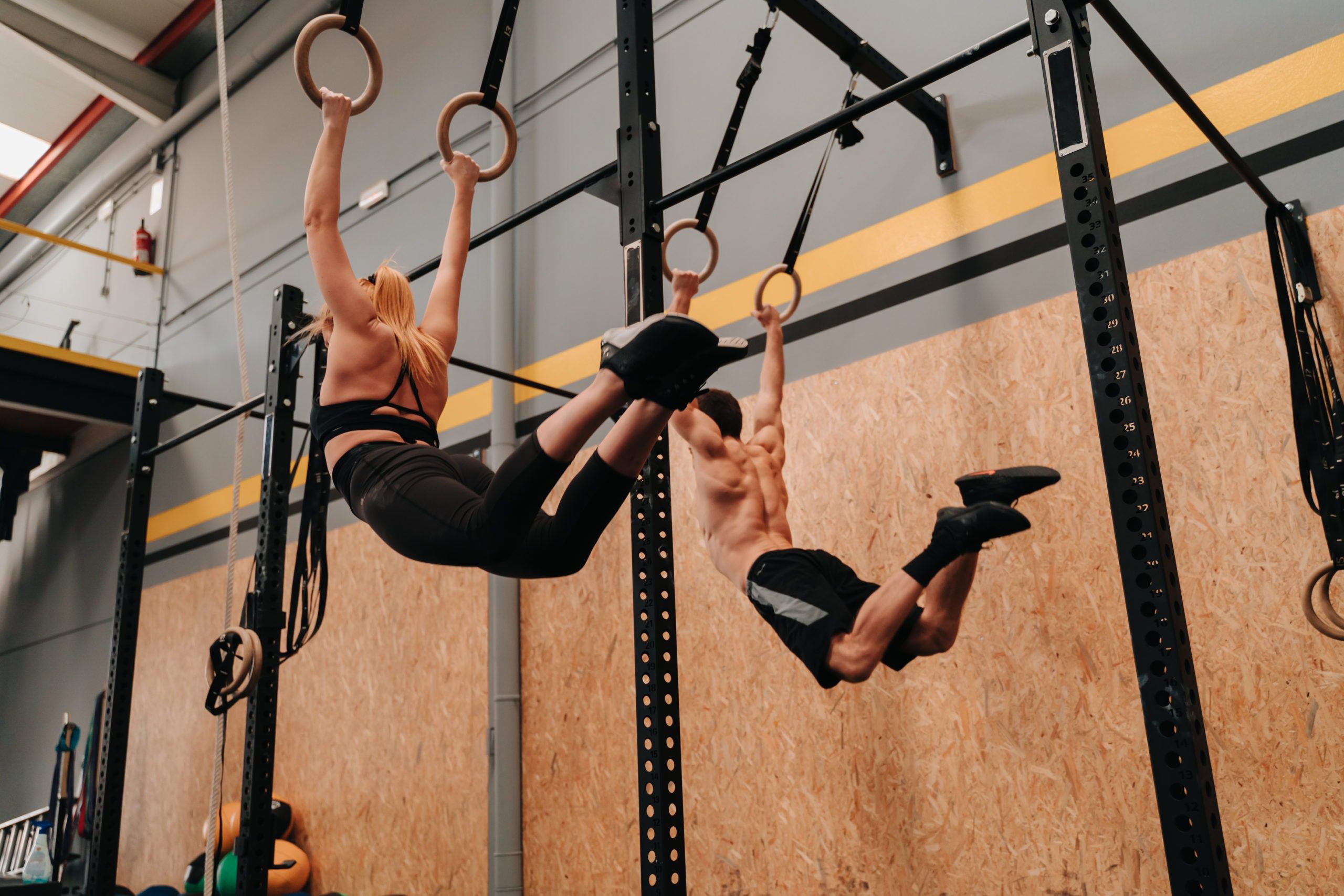
Want Training Tips, Exercise Guides & Knowledge Bombs Sent to Your Inbox?
Sign up for the FitNerd newsletter from TrainHeroic
Related articles
32 & Lifting: Reflections on My First Powerlifting Competition
Stepping onto the powerlifting platform at 32, just 13 months post-ACL surgery, Fred Ormerod chronicles his return to competitive sports after a 14-year hiatus. From shedding over 15kg to meet weight class requirements to confronting self-doubt and embracing the...
Active Recovery Strategies for Strength Athletes
Active recovery isn’t just about taking it easy—it’s a smart way to keep your body moving, boost circulation, and enhance performance without adding fatigue. While passive recovery has its place, low-intensity movement between sessions helps reduce stiffness and...
Intermittent Fasting for Shift-Working Athletes
Shift work can make fueling for performance feel like a constant battle. Between erratic schedules, disrupted sleep, and unpredictable training windows, sticking to a nutrition plan can be tough. Intermittent fasting (IF) offers a flexible approach that may already...

Join the community
Sign up for the latest training news and updates from TrainHeroic

About TrainHeroic
Support
Made with love, sweat, protein isolate and hard work in Denver, CO
© 2022 TrainHeroic, Inc. All rights reserved.
